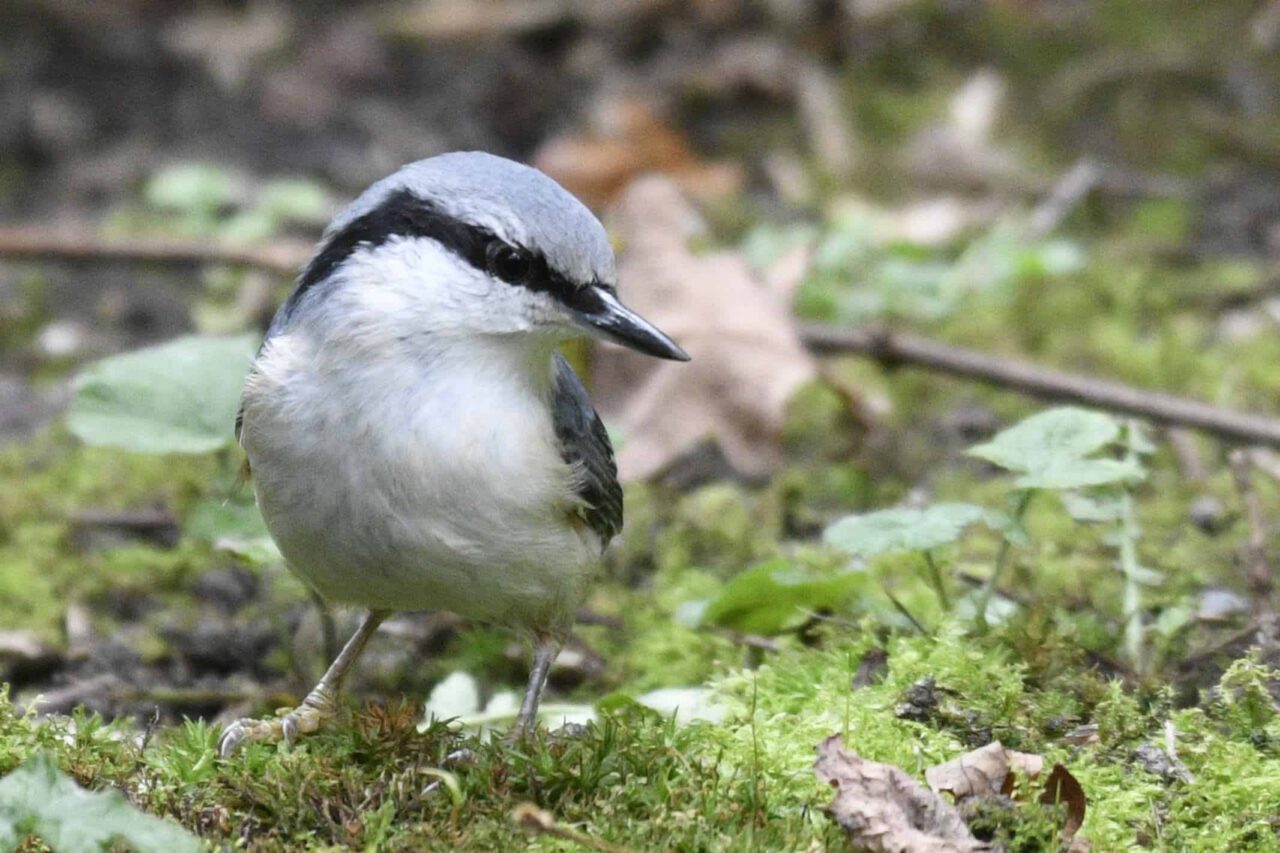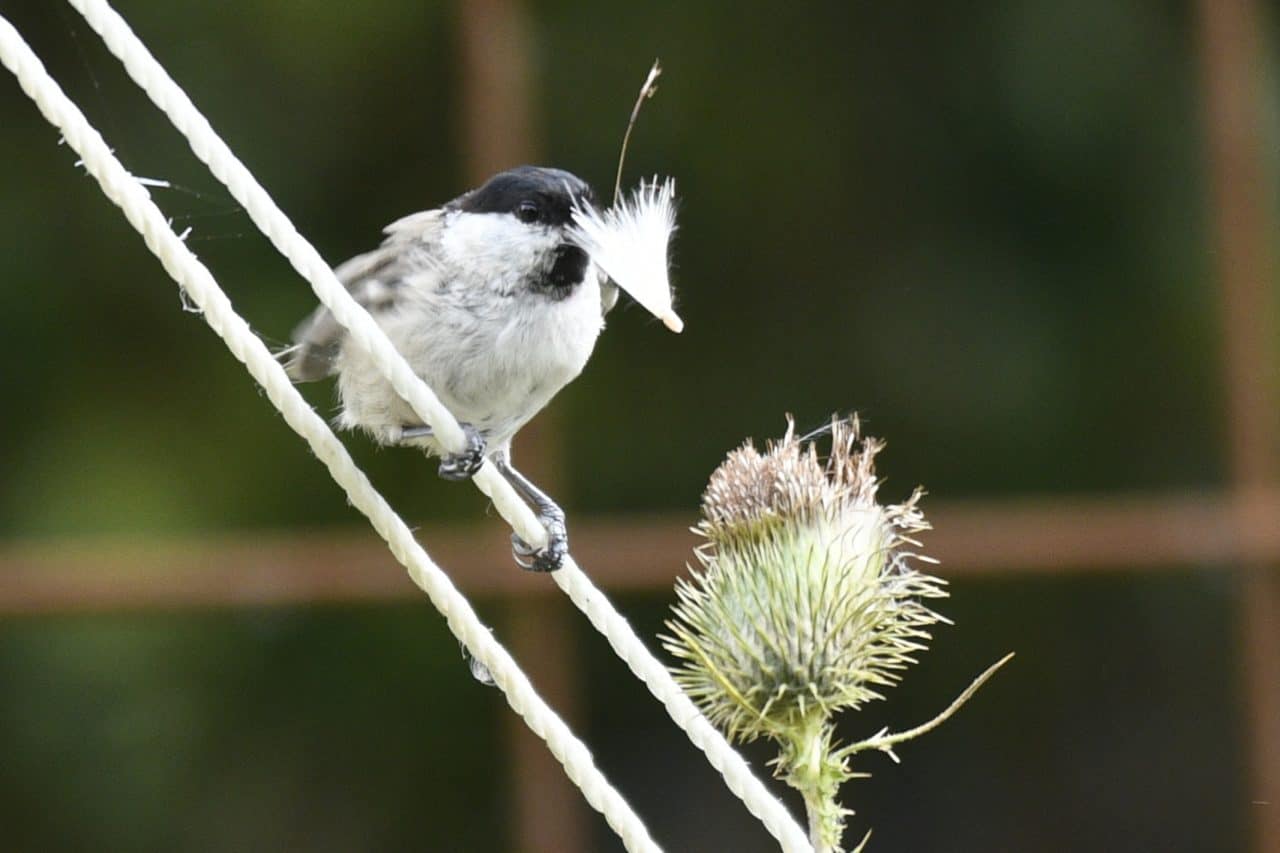I had originally planned to write an article for Song Sparrow on the importance of the Native Plant Backyard Challenge, which begins this month.
I had planned to invoke relevant new research, notably a October 2021 report by the USDA Forest Service, which found that urban and suburban homeowners can help to increase bird diversity at the city level when they manage their yards as wildlife habitat.
For this study, researchers gathered data on bird diversity and species richness in parks and residential lawns in six cities, chosen to represent diverse bioregions across the US: Baltimore, Boston, Los Angeles, Miami, Minneapolis and Phoenix. They analyzed the impact on bird populations of four different types of yard maintenance strategies: high-intensity lawn maintenance (including the use of fertilizers), low-intensity lawn maintenance, gardening for water quality, and gardening for wildlife, as determined by whether a yard contained a “wildlife habitat” as certified by the National Wildlife Federation (NWF). While parks were seen to be more significant than all types of yards in supporting birds of conservation concern, yards maintained as wildlife habitat also attracted diverse communities of birds of public interest.
I had planned also to consider the limitations of this study, which did not account for whether the “wildlife habitat” yards in the sample consisted chiefly of native or non-native plants. As the authors point out, NWF does not require the use of native plants to award the certification. However, there is good reason to believe that yard-based habitats would do even more to support avian biodiversity when they consist mainly or exclusively native plants.
In 2019, scientists at Virginia Tech conducted the first meta-analysis of research on the ecological impact of non-native plants. As one co-author, Professor Jacob Barney, summarized in a press statement, “Our findings suggest that the impacts of invasive plants are much worse than we thought,” negatively affecting populations of native birds and many other animals.

A major reason for this importance is that native plants are much better than non-native plants at supporting native insectsand other arthropods, as entomologist Doug Tallamy has frequently emphasized in his work. Plant-eating insects can safely eat plants with which they coevolved. In contrast, many introduced plants are toxic to our native insects. In turn, many birds rely on caterpillars and other insects and spiders, especially when feeding their young. If the plants we chose for our gardens are poor for supporting insects, they will also be poor for supporting many types of birds — such as the Carolina chickadee, the focal species of Tallamy and Desirée Narango’s groundbreaking 2018 study on the topic.
I had planned to write about these studies and more — concluding with an exhortation for participation in the Native Plant Backyard Challenge. I got most of the way there, but then something kept preventing me from framing the article as a call to action.
The trouble is that I myself have never been a yard-owner and don’t plan to become one in the foreseeable future. Last summer, I made the decision to leave my apartment in Columbus and spend most of my time staying abroad, seeking a lifestyle difficult to find in the modern US (roughly, car-free rural living). I am presently what some might call a “digital nomad.” Thus, despite my tremendous passion for the importance of gardening for biodiversity, I don’t personally relate to the concerns that confront homeowners facing the decision of whether to convert their lawn into wildlife habitat. Instead, the question that saddles me personally is a very different one: what can a “nomad” can do to support native-plant-based, wildlife-friendly gardening?

For nomads, the question may be even trickier than it is for typical renters. We lack a long-term relationship with a landlord whom we might exhort to implement a native-plant garden, and we seldom remain in one place for long enough to develop a lasting relationship with community initiatives. On the contrary, we are much likely to feel like intruders if we attempt to meddle in local affairs (what business have we, as visitors from afar, to tell another culture or community how to go about its landscaping?).
I don’t have the answers. I will say, however, that I am beginning to feel more optimistic than when I began, for I realize that there is at least one thing that even nomadic bird-lovers can contribute: whenever we go, we can share our passion for local birds! After all, whether at home or abroad, the first step to inspire wildlife-friendly gardening is to inspire care and compassion for wildlife.
For my own part, I have recently begun dabbling in bird photography, always toting a telephoto lens as an anomalous addition to my otherwise ultralight luggage getup. Sometimes locals stop to comment on my equipment and ask what subjects I photograph, and I use the opportunity to tell them about my love of birds and bird conservation. Sometimes I am even able to alert local residents to birds they themselves have missed. It makes some kind of impression, I’m sure, when an odd American tourist shows up to a remote island off-season in a pandemic only to go about taking snapshots of common garden birds. I hope that, at least on occasion, it might inspire a local resident to look more closely at their own avian neighbors.
Moreover, I have begun sharing with hosts photographs of birds I’ve met right on their properties. I have been pleased by the enthusiasm this has garnered so far. Like many people, they do not always pay the closest attention to the birds on their own property and are pleasantly surprised to see what beautiful feathered friends have been paying visits!
This can further be a springboard to further conversations about bird conservation on one’s own property. In one case, I was able to use photo sharing as a segue into recommending bird-safe window treatments for a host with a partially enclosed terrace, a suggestion to which she was very receptive.
It might be a social impropriety to arrive as a visitor in a foreign land only to preach to local landowners about the ecological shortcomings of their yard management practices. It is a different matter, though, to initiate a conversation about a host’s backyard birds — a virtue of their property of which they might not even have been fully aware — and thereupon proceed to mention one’s involvement in bird conservation efforts “back home,” including the Native Plants Backyard Challenge. If their own community offers similar opportunities, they might consider it as a means to attract even more birds for the delight of future guests.

While I have no yard of my own, I hope still to play some part in inspiring landowners — at home or abroad — to incorporate more plants native to their own regions to support their own local birds. Of course, the strategies I have described are by no means limited to nomads: any traveling bird-lover can look for opportunities to be a missionary for their far-flung feathered friends.
All photographs by author.




